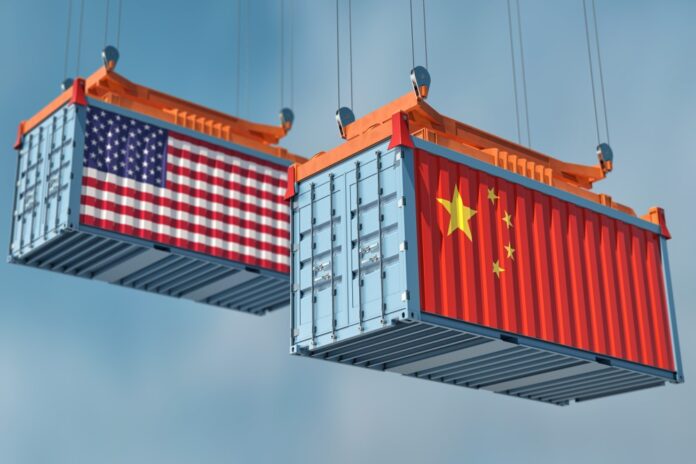
The latest estimate is $5.6 billion, according to the Federal Communications Commission, while ‘Buy American’ protectionism is causing concern in telecoms too
Under President Trump, the Secure and Trusted Communications Networks Act passed into law in March 2020, obliging telecoms network providers to remove Chinese vendors’ equipment, primarily Huawei and ZTE, on the grounds of national security. The initial cost when the subject first arose was estimated at $1 billion.
In September the same year, the Federal Communications Commission (FCC) released a notice in which smaller US telcos had estimated it would cost them $1.8 billion to remove and replace Huawei and ZTE equipment in their networks.
The FCC noted that of this, the law only made provision for $1 billion for those smaller U.S. telcos.
The amount available was increased as part of the second Covid-19 Stimulus Bill, in September 2021, although even then the US Rural Wireless Association warned the increased amount would probably not be enough.
In October 2021, the FCC voted unanimously to revoke the license of China Telecom to provide domestic interstate and international telecommunications services within the US.
Last Friday the FCC’s chair, Jessica Rosenwald, told Congress that service providers have provisionally requested about $5.6 billion from the Secure and Trusted Communications Networks Reimbursement Program to to cover the costs of removing, replacing and disposing of insecure equipment and services in U.S. networks.
Rosenworcel said in a statement, “We’ve received over 181 applications from carriers who have developed plans to remove and replace equipment in their networks that pose a national security threat.
“While we have more work to do to review these applications, I look forward to working with Congress to ensure that there is enough funding available for this program to advance Congress’s security goals and ensure that the US will continue to lead the way on 5G security.”
It will be interesting to see from the FCC’s reviews exactly why the estimates just keep on rising, and what Congress’ response to demands for more funding will be.
Other funding initiatives
Meanwhile, in November 2021, President Joe Biden signed the Infrastructure Investment and Jobs Act (IIJA) – also known as the Bipartisan Infrastructure Bill. It promises to make up to $1.2 trillion available to improve national infrastructure, including about $65 billion for broadband access, but there are catches attached in the shape of ‘Buy American’ requirements.
Firms receiving government subsidies must acquire a certain percentage of their equipment from within the US. In January 2021, President Biden increased this requirement to 55% from 50% via an executive order, but he has even proposed increasing the requirements even further, potentially raising the figure to 75% by 2029.
There have been many voices raised in concern about the cost and difficulties of reshaping global supply agreements being substantially greater than the advantages of to the US economy and firms of buying American kit. Now the US telecoms industry is also asking the National Telecommunications and Information Administration (NTIA) to grant a waiver to the Buy American requirements for ICT products.
It seems that the lesson that protectionism has never been known to succeed ultimately is going to play out all over again.


